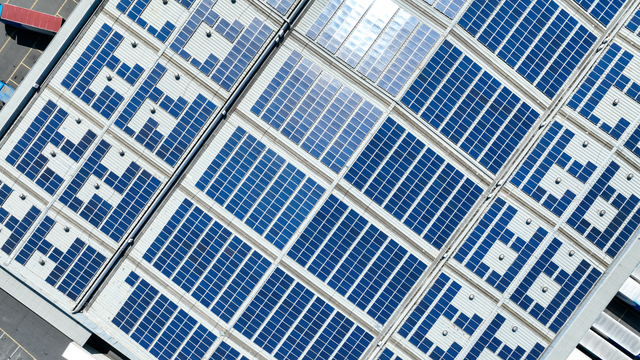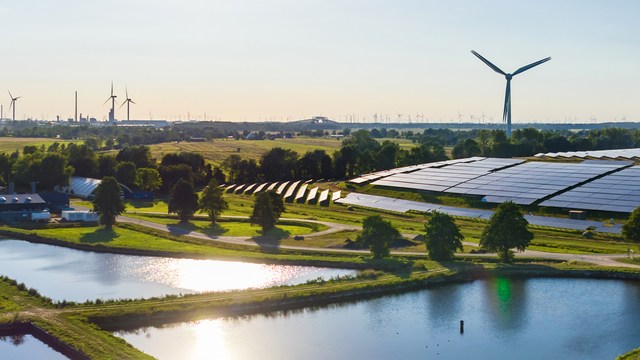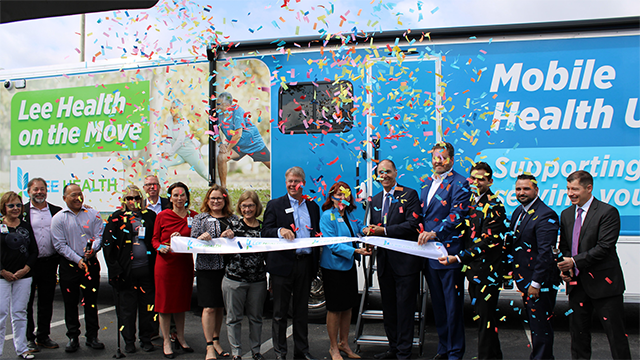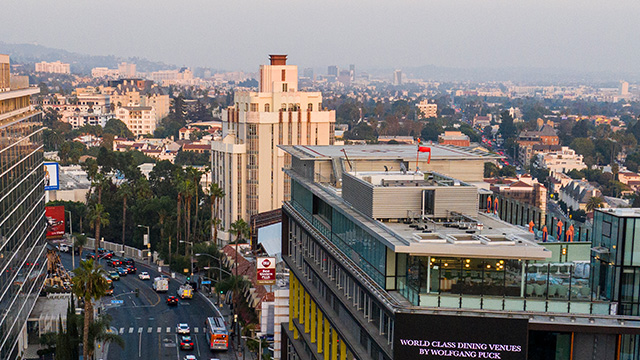The annual Black & Veatch Strategic Directions: Smart Cities & Utilities Report explores progress made across the smart city and smart utility landscape. This year’s report examines how modern, digital infrastructure is being used to optimize operations and create a sustainable future for our cities and utilities.
From urban mobility to the proliferation of electric vehicles, transportation is changing rapidly, inviting opportunity in how people and goods move across cities. The next generation of wireless technology is upon us, further encouraging connectivity and enabling smart cities in myriad ways. Grid modernization continues as utilities work to create a customer-centric grid through a combination of smart devices, distributed energy and communications.
Learn More:
Data and Partnerships Serve as the Foundation for Tomorrow’s Smarter Cities
The insights uncovered in Black & Veatch’s 2018 Strategic Directions: Smart Cities & Utilities Report finds that bold advances in data analytics, electrified transportation and next-gen communications will propel smart cities, and creative financing strategies are challenging old notions. This year’s report dives into the current landscape of smart city efforts - but are these individual efforts one-off projects? Or are they part of larger, more integrated plans?
Check the Boxes: Your Smart City To-Do List
Planning for a smarter city can be an imposing concept. From financing and partner ecosystems to advocacy and data governance, there is a lot to consider. But like any other complicated process, it can be managed by breaking it down into manageable tasks, and progressing through a series of steps that progressively build smart city capabilities and community benefits.
Electrification is on the Rise; Can EV Charging Networks Keep Up?
This past year marked a turning point for the future of EVs, with sales rising and a number of automakers such as Volkswagen AG and Volvo announcing significant electrification plans. The benefits of EVs are undeniable, and people are getting on board. But what does this move away from the internal combustion engine mean for the future of energy management?
Grid Modernization: Increasing Capital Investments to Decrease Risk
Growing commitment to DERs is forcing continued modernization of the grid, and the effort shows no signs of letting up. Utilities are updating their systems to support the increase in renewable energy and make the infrastructure smarter and more resilient. But today's growing connectivity between assets is requiring a more holistic approach than in the past.
Are Smart Cities Real?
Is the smart city hype cycle over? Have concerns about cost, security and public skepticism finally won out over the benefits of efficiency, sustainability and public safety? The future of connected communities relies on urban infrastructure that combines data and telecommunications – how can cities, utilities and telecommunications providers understand and take advantage of these critical components?








